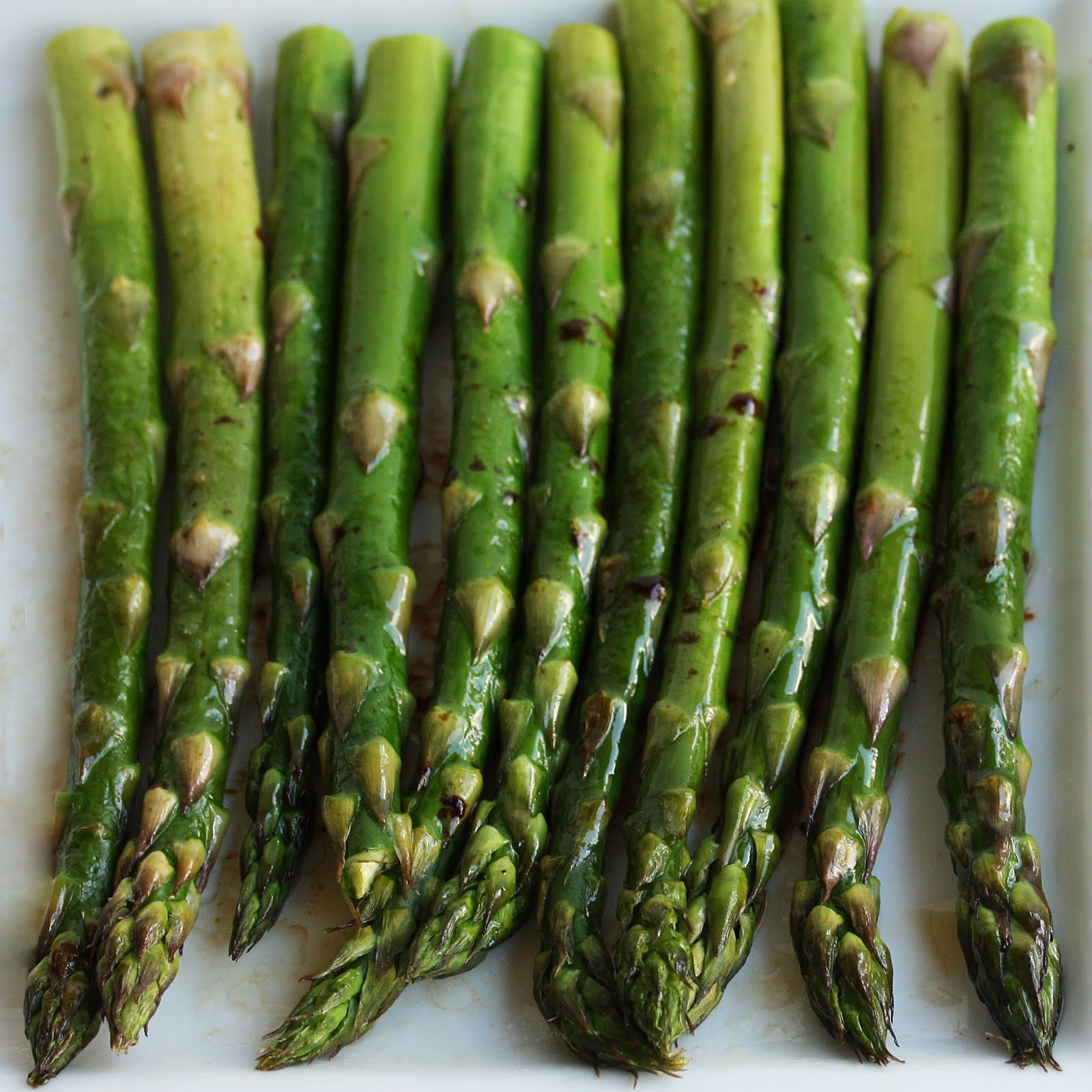 Cheeseburger? Or brown rice and vegetables? YouTube again? Or that stack of books you've been ignoring on the corner of your desk?
Cheeseburger? Or brown rice and vegetables? YouTube again? Or that stack of books you've been ignoring on the corner of your desk?
Is there such a thing as good media nutrition?
Let me pose the question another way. Is it important to consume some kinds of media over others, even if the "good-for-you" stuff isn't really what you want?
The question by itself immediately provokes intense debate. It calls to mind elitist considerations about a hierarchy of aesthetics: does Mahler matters more than Madonna? Is there such a thing as good taste, and if there is should you even care?
I think there's a better way to approach this. To some extent, it's really a question of overall nutrition versus absolute right and wrong. No single cheeseburger is going to kill you, but eat them three or four times a week and you'll probably be on a first name basis with your cardiologist. Is a cheeseburger necessary? No, and probably never. But sometimes it's desirable. And on this point, I think we begin to approach the first half of the media consumption question. A widely varied diet ultimately provides valuable food for thought, offering a range of sources and senses and inputs that can only broaden creative potential. A steady diet from a narrow range of options, even if your choices are the not artery clogging type, gradually narrows your ability to discern subtle distinctions outside your comfort zone.
But here's the second part. It's too easy to rationalize that easily consumable media is part of a balanced diet. Just like your parents insisted that you at least try the asparagus, it's vital to make intentional efforts to range out and explore aesthetic inputs that may take some work. Why do grown-ups tend to like asparagus more than kids? It's not rhetorical: repeated exposure prompts the development of new appreciations.
Regular readers of this blog know that I've written extensively about the value and importance of music in life and culture. Regarding media nutrition, I turn again to music. How many people these days actually give themselves over to listening––I mean intently listening––to music recorded with actual instruments? It's almost as if the worlds of classical and jazz music have become cultural shorthands; a few notes from the strings section or a few diminished 7th chords from the keyboard are now shorthand stand-ins to represent moods. Why force yourself to dive into something less familiar when a short sample will suffice?
The funny thing is that these genres are not simplistic. There are wide and varied expressions in the classical and jazz pantheons that have shapes and structures and intentions that go deeper than what can be sampled quickly, or audibly quoted. This doesn't just apply to music, either. The same goes for different styles of painting, or performance art and theater and books and decor.
It even applies to movies.
Does this takes some work? In our frenetic, ultra–networked, touch-it-fast-and–keep-moving-age: yes. Is it easier to play the classic rock tunes we all know so well, or the latest flavor of the month pop tune? Of course. It's certainly easier to sing along. But the intentional effort to try something unfamiliar, or perhaps familiar but requiring a little more work, can yield enormous rewards. There are new flavors to discover, new textures, new smells, new implications most of all.
Next week and unusual art film will open in theaters around the world. It's called "Samsara", and in many ways this is the big anti-movie of the year. Filmed entirely in 70 mm--film, not digital!--this promises to be a nonverbal visual feast, propelled by music, inspired by the endless color and energy of Earth's vibrant life and diverse human culture. Anyway you look at it, it's a "big" movie. But it's not likely to break box office records. In its art house niche with a comparatively big budget, it still didn't cost but a fraction of what a tent-pole superhero movie cost this year. Sure, Samsara will likely to draw the usual artsy crowd plus a few folks who will regard it as a novel, once in a blue moon wild-side walk. But as an anodyne alternative to conventional three act Tinseltown dramas, perhaps more people should consider investing the time to see it on a big screen. It ain't gonna hurcha! More to the point, it might provoke a new thought, a new sensation, a new idea.
I haven't seen it yet (as of the time I'm posting this), but I plan to. That doesn't mean I'm about to sell my adolescent comic book collection, nor skip this fall's latest James Bond adventure. I like a cheeseburger once in a while myself. But as the summer winds down, I cannot but be aware that there are so many wonderful tastes and smells to experience out in the great big world, and I'd hate to stay with just the ones I already know.
--MS
PS -- Have something to say? Leave us a comment! Don't want to miss the latest from 1AU? Sign up on our mailing list. (Cool email like ours is better than that boring stuff that clutters your inbox, right?) Consider yourself a fan? Please re-Tweet us, post to Facebook, or otherwise forward us to your friends. Cool? Yep: cool.
